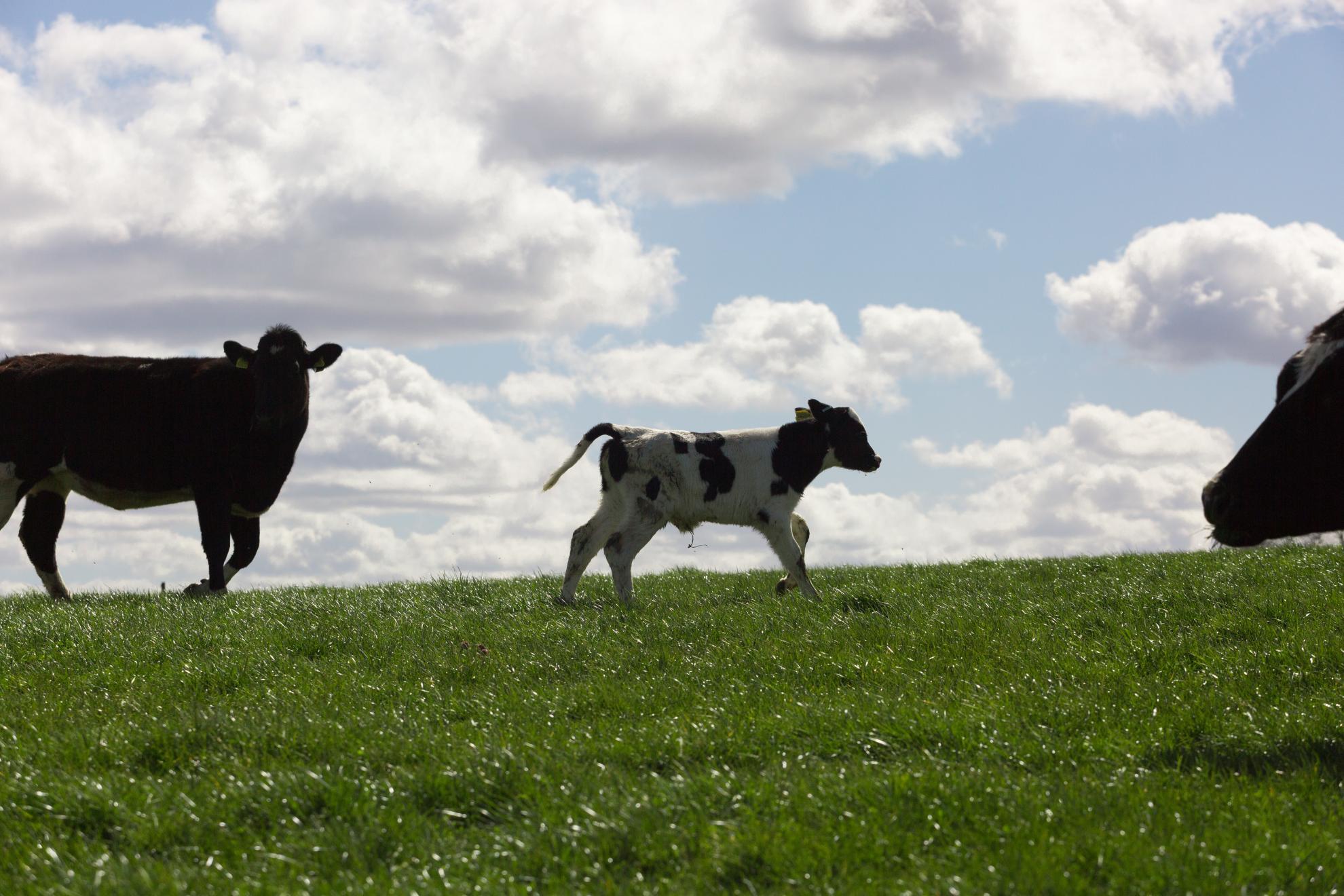Development of a RACE-based RNA-Seq approach to characterize the T-cell receptor repertoire of porcine gammadelta T cells
Recent data suggest that porcine gammadelta T cells exhibit a similar degree of functional plasticity as human and murine gammadelta T cells. Due to the high frequency of TCR-gammadelta+ cells in blood and secondary lymphatic organs, the pig is an attractive model to study these cells, especially their combined features of the innate and the adaptive immune system. Using a 5' RACE-like approach, we translated a human/murine NGS library preparation strategy to capture full-length V-(D)-J TRG and TRD clonotypes in swine. After oligo(dT) primed conversion of input RNA, the cDNA population was enriched for full-length V(D)J TCR transcripts with porcine-specific primers including Illumina adaptor sequences as overhangs for Illumina MiSeq analysis. After quality control and processing by FastQC and ea-utils, porcine TRG and TRD sequences were mapped against the human IMGT reference directory. Porcine blood-derived CD2+ and CD2- TCR-gammadelta+ cells exhibited two distinct clonotypes Vgamma11JgammaP1 (74.6%) and Vgamma10JgammaP1 (57.7%), respectively. Despite the high TCR-delta diversity among CD2+ cells (39 clonotypes), both subsets shared the same abundant Vdelta1DdeltaxJdelta4 clonotype at approximately identically frequencies (CD2+: 31.2%; CD2- : 37.0%). The flexible nature of this approach will facilitate the assessment of organ-specific phenotypes of gammadelta T cell subsets alongside with their respective TCR diversity at single cell resolution.
